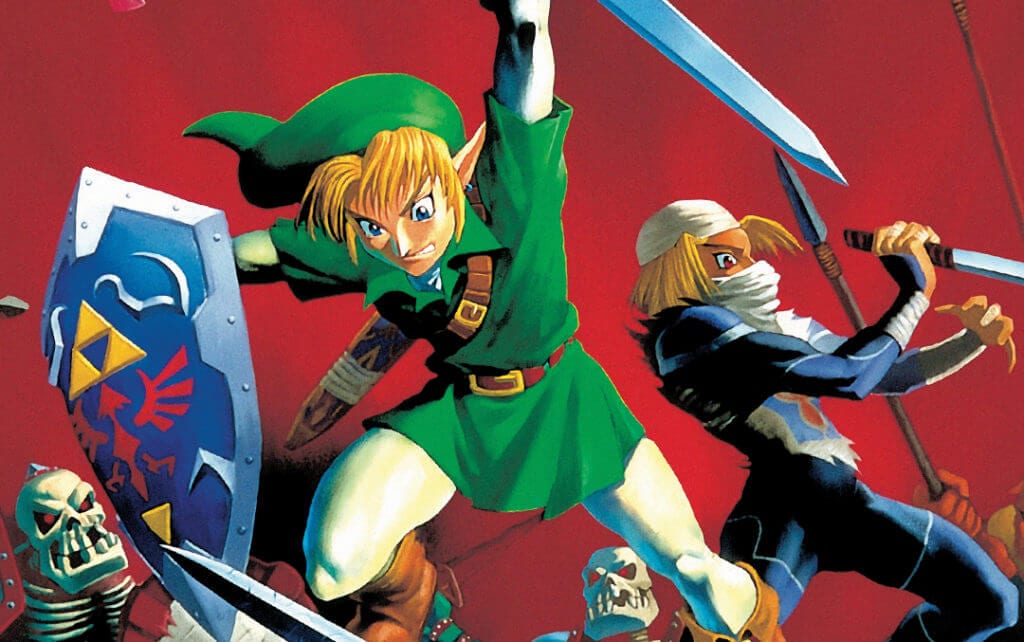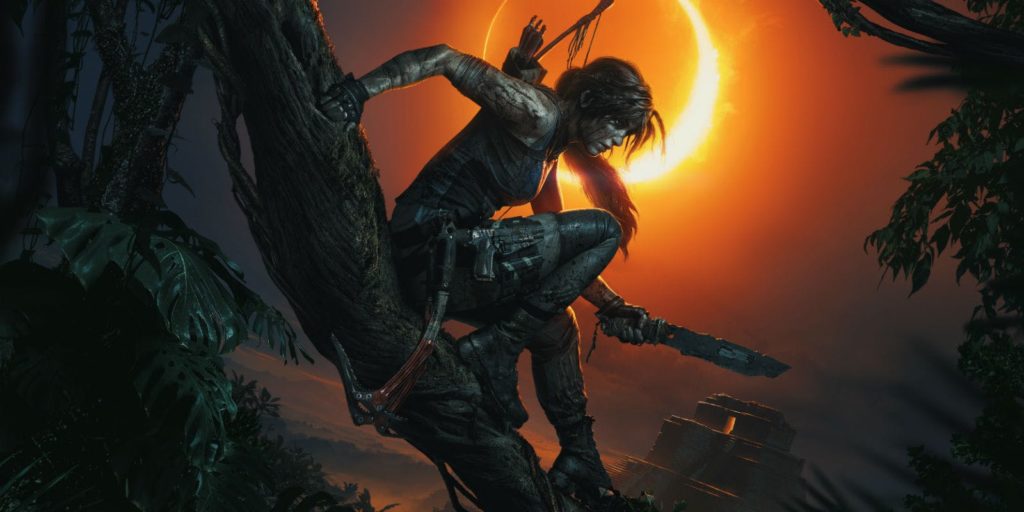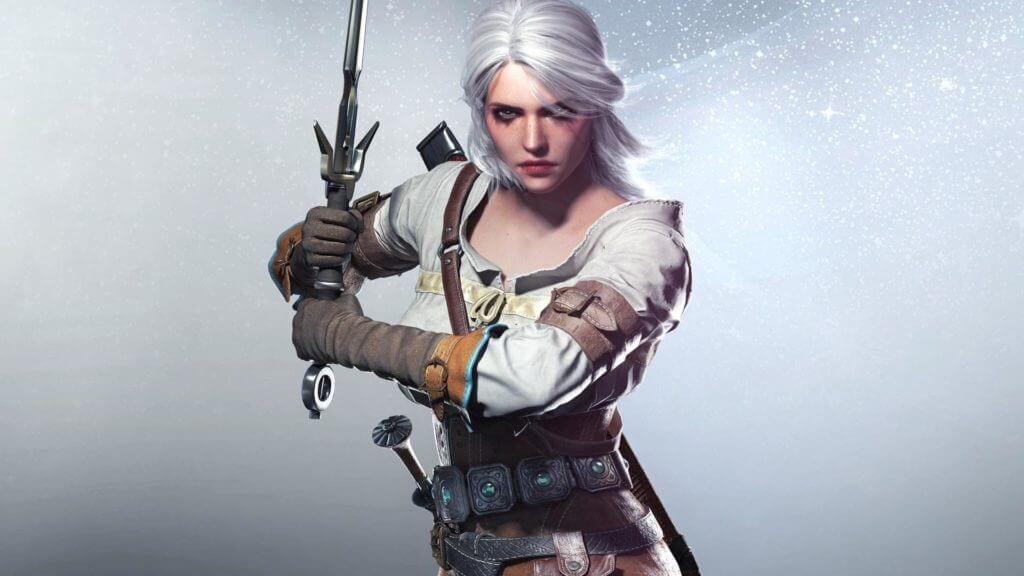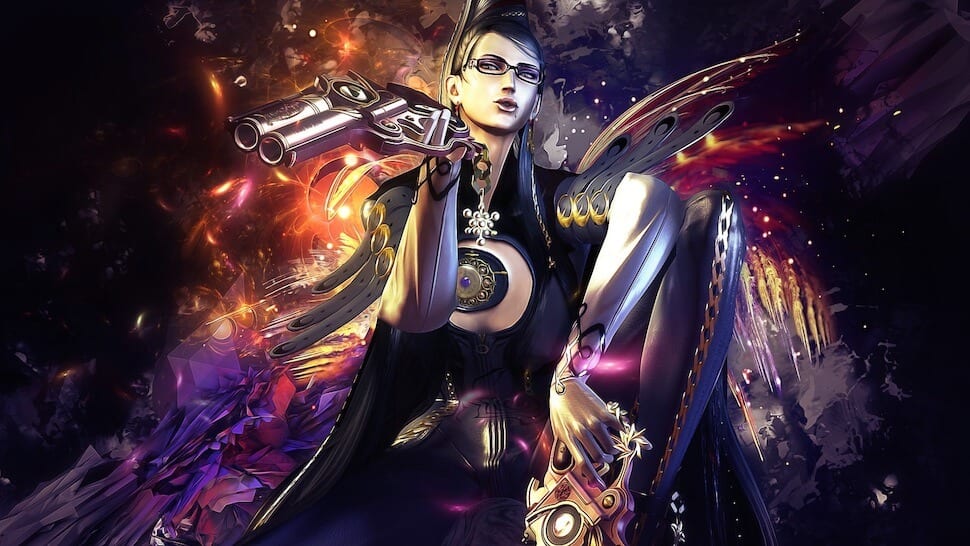Girls in Games
“Gaming is dominated by men.” If you’re a gamer and have been around for any real amount of time, then you’ve probably heard, or read, this phrase at some point. Speaking strictly by raw numbers, the majority of the gaming community is, in fact, men. Obviously, this isn’t to say that there are barely any women in gaming; in fact, while still dwarfed by men, the video game community has a larger female player base now than ever, in number and in ratio, and there is a truly multifaceted explanation for this increase in female gamers. Gaming as a whole is generally much more widely accepted now than in the past due to the the advent of significant geek culture icons becoming box-office-busting films. There is also a much wider variety of game genres now that can pique the interests of more people, and that too contributes to more young girls gaining interest in the medium; psychologically, men and women tend to possess varied interests from one another. Clearly, there is some overlap here, and there are many female gamers who have libraries that one would assume to be that of a teenage boy,; I can personally attest that some of the worst times I’ve had my own posterior handed to me on a silver platter was by a girl gamer.
Something that has come into the limelight as a topic of discussion (or contention, depending on who you’re speaking with) is the perceived lack of female game developers. This subject is one that can be attacked from many angles, but the long and short of it is that there is a very vocal minority that calls for fewer men and more women in the field of video game development. This outcry has been interesting to me, and more so to the internet at large, as conventional wisdom states that companies hire based on the quality of a person’s work and not their gender, but that men hold women back from being successful. While I cannot personally say that I have worked in video game development and can corroborate these accusations or not, I do find them difficult to believe. Women are every bit as capable of being great game developers, and there are many who are, and work in big-name companies to boot, but the number of them who actually want to be in the field doesn’t line up with these claims. In addition to this under-representation of femininity within the gaming development world, if you tune into certain channels and websites you would also be led to believe that there is a necessity to hire more women in the field so that we may have more female video game characters – something else that certain frequencies broadcast as being in devastatingly short supply. Perhaps if the last time these other writers played was in the 1980’s, they might have some ground to stand on; however, that not being the case, myself and the vast majority of the gaming community (men and women) are left scratching our collective noggins.

There have been critical female characters in games for nearly three decades now, and a perfect example is one of Nintendo’s largest icons, Samus Aran of the Metroid franchise. While the side-scrolling adventures of the space-faring huntress may not possess the most profound narratives out there, there can be no questioning how recognizable the power suit user is in the gaming world. Many games across multiple genres have since prominently featured female characters, and one need only look for them (it’s not hard). Most role-playing games have either a female as the lead or feature multiple women within the main group of characters, and they are a central, driving force of either the main story as a whole or the primary protagonist’s personal development. This is exemplified in nearly every JRPG out there today. A little-known franchise called The Legend of Zelda actually has the Princess of Hyrule’s name in the title, and while the first few entries had Zelda as a damsel in distress, rescuing said damsels is something that gamers (who are still primarily men, mind you) want to do. We want to save the princess in the castle from a demon or evil king. Furthermore, Princess Zelda has, within the last several entries in the franchise, become far more prominent, even so far as transforming into her ninja alter-ego Sheik and aiding series hero Link. Cortana of the Halo series also plays no small part in its continuing saga.
The argument can be made that, while these examples collectively show a large number of female characters in games, they aren’t what some would label as “strong” female characters, and the focus isn’t entirely on them. This argument is fair enough (though I would disagree with regards to the JRPG genre). So what does that leave us with? More than you might have realized! In a world of Link, Master Chief, Marcus Fenix, Kratos, Dante and more, it’s easy to forget the ladies of gaming. I’ll return to my previous statement on the JRPG genre with main characters such as: Tera, Yuna, Lightning and more from the Final Fantasy series; Mila and Velvet from the Tales of franchise; and both Monolith Soft’s Xenosaga and Xenoblade Chronicles heavily focus on the female protagonists (in fact, they steal the entire show!). Quantity is something in which JRPG titles are not lacking with regards to their female cast, and yes, part of that is a cultural aspect; however, they’re everywhere you look. Perhaps the issue that some other commentators have, then, is with Western titles’ lack of femininity?

Well, let’s examine this thoroughly, shall we? There’s: Alloy, the protagonist of the best-selling PlayStation 4 exclusive Horizon: Zero Dawn, whose tracking and skill with a bow are second to none in her world; Senua from the critically acclaimed Hellblade: Senua’s Sacrifice, which won numerous awards for its strong character writing and mental and emotional presentation; and YoRHa No.2 Type B (one hell of a name) from Nier: Automata, who is an automaton struggling with serving her creators and the existential questioning of her own existence and that of others like her. Platinum Games’ wondrous Umbran Witch Bayonetta deserves mention here as well, as her games can stand toe-to-toe with the best of the crazy action genre, such as any one of the Devil May Cry entries. Too recent? Fine, how about Joanna Dark of the Perfect Dark games (RARE, I would very much like a new one please) that started back on the Nintendo 64 console in the 90’s with a follow-up release in Perfect Dark: Zero for the Xbox 360. Joanna Dark is a Dark Level agent that would give, based on the presentation of the character, even 007 himself a run for his money. Or we could just drop the mic right here and talk about the globe-trotting, treasure hunting, Tomb Raider herself, Lara Croft. The British archaeologist has been one of gaming’s most prominent icons, bringing both intrinsic and entertainment value to the medium since 1996. She practically pioneered the action-adventure genre with her dual pistols and puzzle-solving, and has managed to adapt to the changing tides in the gaming world better than many other long-adored franchises out there. Furthermore, Lara Croft has successfully crossed over into other mediums, such as comic books (Top Cow began publishing Tomb Raider comics in 1999 through 2005, and Dark Horse Comics currently publishes a series based on the recent reboot of the games) and film, more so than most.
The surging popularity of games in which you may create your own custom character to play through the story, such as the Dragon Age and Mass Effect franchises from BioWare, or the Elder Scrolls anthology from Bethesda, give female gamers even more options should they prefer to control a character that they can better relate to physiologically. But this idea that someone can only truly enjoy something if the main character looks just like them is, in short, absurdity of the highest order. For decades, boys have grown up loving characters such as Batman and Superman, regardless of how their skin reacts to the sun. For decades, people have watched professional athletes and cheered them on regardless of their heritage. This holds true for female gamers, as girls who love games don’t love them because they get to play as someone who looks just like they do; in fact, the opposite holds true the majority of the time. But most importantly, in all cases, gamers just want to play good games. Girl gamers are no different from boys in this regard. I don’t dislike the Tomb Raider franchise because I don’t look like Lara Croft; that’s absurd. I love the series because they are what they’re supposed to be – great games. Girl gamers feel the same way, and to somehow suggest that they aren’t enjoying games or are being underrepresented, is at least some level of insulting, and at best willful ignorance. We don’t need more girl characters, or more female writers or developers. What we need is more good characters, writers, and developers regardless of gender. Gamers honestly don’t care about that sort of thing. We’re a pretty open bunch; much like the comic book community, all we ask for is quality entertainment for our hard-earned money.

Where, then, does this leave us? Having more powerful female characters, whether written by a male or female, would be fantastic, but not at the expense of quality. Hiring more female creators with the goal of creating more female characters to balance the ratio between genders is, at the most generous, quixotic, and more bluntly, foolish. Diversity comes naturally in geek culture, as it is something that transcends gender, cultural and ethnic barriers. This is axiomatic with the broad swath of varied characters the video game medium has produced over the years and will continue to for the foreseeable future. Concomitant with more women gaining interest in the gaming field is those same women, should their merits hold just like anyone else’s, getting jobs within it – third-grade level math, and I do not care who is making my games as long as they’re great games. There is a bifurcation occurring across entertainment culture today: movies, comic books, and video games are no exception. Recently, streaming company Netflix announced plans for a live-action series based on the critically acclaimed Witcher series exclusive to their platform. The casting call for one of the primary series characters, Ciri, was announced to be that of “Black, Asian, Minority, Ethnic” – something that immediately sent Witcher fans into an outrage on Twitter, citing that the casting call to change the beloved and important character was a disservice to her. Showrunner for the Netflix series, Lauren Hissrich, soon stated that she was taking a “Twitter hiatus” to focus on completing the show’s script, which sent the social justice warrior internet writers into a frenzy of claiming she was scared off of the social media platform from all of the racism and sexism (ignoring the fact that the anger over the casting came from minorities and women – my own best friend is none too happy that one of her favorite characters is being altered so drastically).
Female characters represent an essential part of gaming. Sometimes they’re in dire need of a shining knight to slay a dragon and turn it into a new handbag and pair of shoes for them, and other times it is they themselves blasting, sneaking, and bashing their way through armies of villains in an effort to save the world or entire galaxy. Girl gamers love to play both male and female characters, as do male gamers, and the suggestion that somehow one gender can’t enjoy games with the main character that is the latter is ludicrously inaccurate. Girls love to fawn over Geral of Rivia and Dante, and guys love Lara Croft and Bayonetta. Touching once again on one of the perpetual gripes of a vocal minority is the way in which female video game characters are portrayed – i.e. “oversexualized.” Can we all be grownups here and agree that artists know that people mainly prefer to look at things that are attractive to them, especially when it’s a visual medium of entertainment and they’re going to be staring at these things for anywhere from twenty to hundreds of hours? Guys, we all like Lara Croft or Bayonetta as aesthetically pleasing young women and not a toe. Ladies, I’d be hard-pressed to believe that you would like Dante or the vampire brothers in The Vampire Diaries nearly as much if they looked like Nosferatu. We are all human and enjoy attractive things; we can’t take stylized, idealistic designs too seriously (or personally – hell, I’m not going to look like Marcus Fenix anytime soon either). And it is also empowering to take control of a sexy character and save the world. Now, that isn’t to say that there aren’t games that seem over-the-top, because there most certainly are, but those games are made because they sell, and in business, we’re taught that if it makes money, then it makes sense.

In the spirit of keeping with the frequent complaints of the few: a few years back there was a series of content wherein the author caviled about the various “tropes” in which many female characters are placed, objecting to the idea that there were only so many archetypal roles for female characters to fill. Well, yeah that is correct. As a matter of fact, if you read, watch, or play anything, then you quickly realize that there are only a handful of character archetypes in entertainment when you reduce them down to their most basic building blocks. It’s how a writer builds coherent stories with a large cast of intersecting characters – it’s actually writing 101, as it is through these archetypes that writers are able to create characters to which a broader audience can relate, and not via trying to custom-tailor every possible permutation of the human experience. If this was the 80’s and all we really had to go on was Super Mario Bros. and The Legend of Zelda for the Nintendo Entertainment System, and Princesses Peach and Zelda were in (or not in) their respective castles waiting to be saved, then, sure, we can have that conversation if you’d like, and I’d be happy to acquiesce. But female characters in gaming have come a long way (check out Crystal Dynamics’ opus Shadow of the Tomb Raider), just as we have culturally, and we will likely continue to grow and change as we move forward, but one thing that will not change is what gamers (male, female, your dog, your cat, whatever) want – good games.







